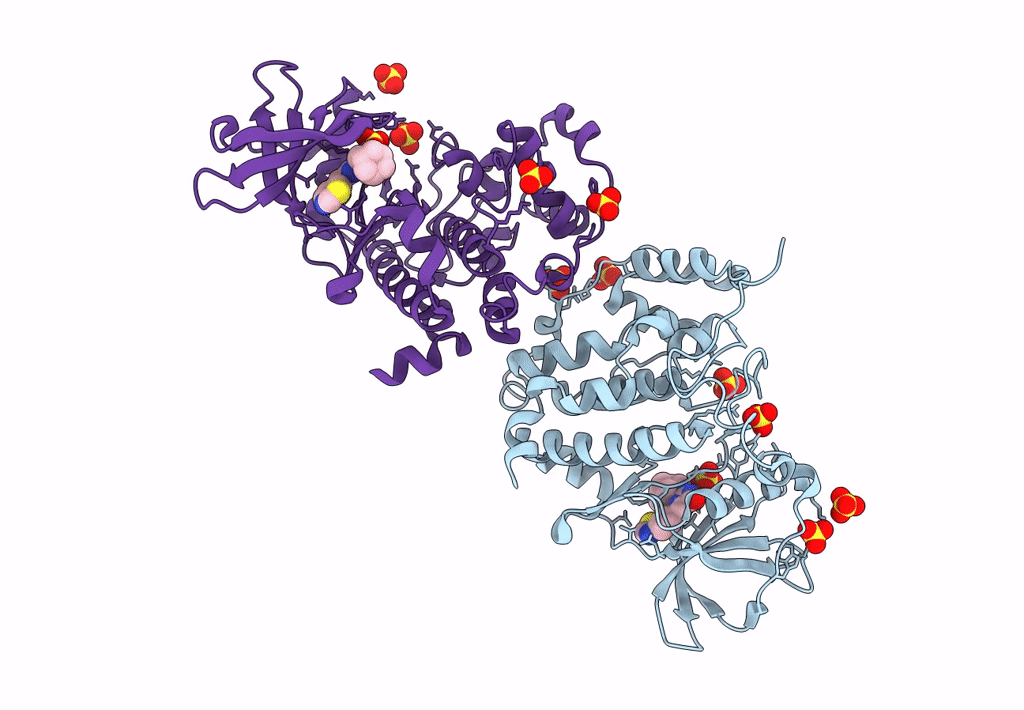
Deposition Date
2023-05-09
Release Date
2023-05-17
Last Version Date
2023-11-22
Entry Detail
PDB ID:
8P05
Keywords:
Title:
Crystal structure of human Casein Kinase II subunit alpha (CK2a1) in complex with Leucettinib-92
Biological Source:
Source Organism:
Homo sapiens (Taxon ID: 9606)
Host Organism:
Method Details:
Experimental Method:
Resolution:
2.45 Å
R-Value Free:
0.25
R-Value Work:
0.20
R-Value Observed:
0.21
Space Group:
P 43 21 2


